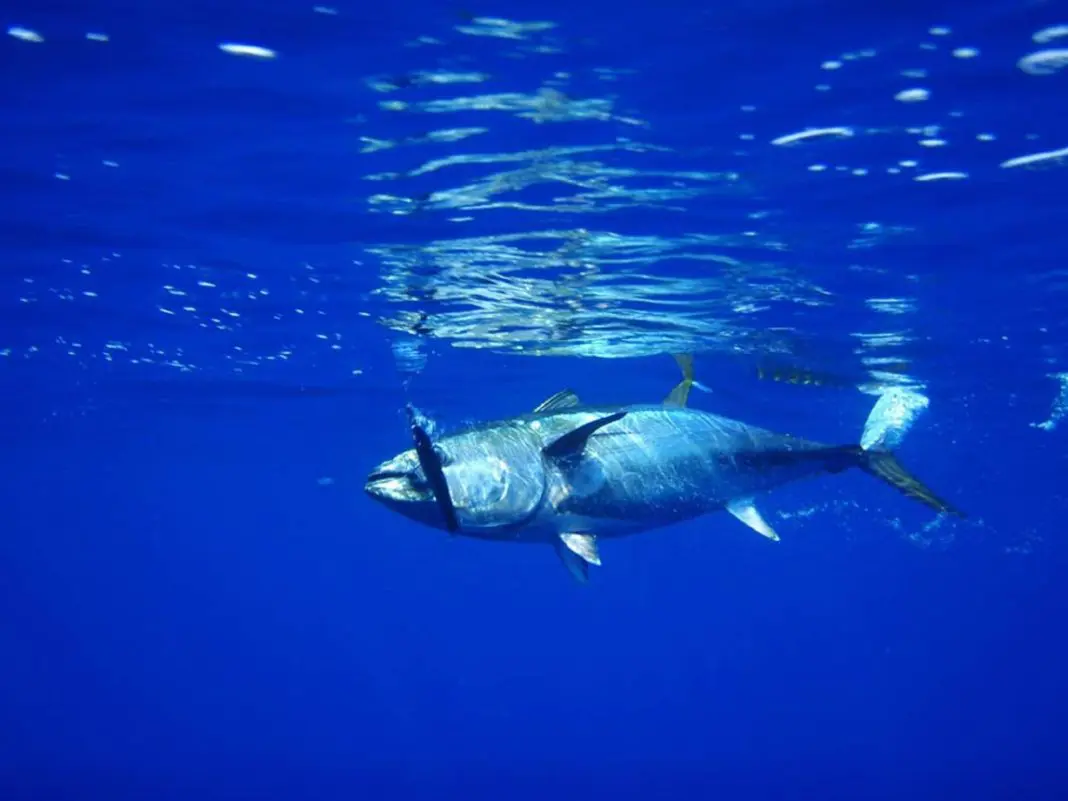A new study has explained why large marine predators like tuna, sharks and billfish visit the deeper realms of the ocean.
The study found that these species spend a substantial amount of time in the mesopelagic zone, between 200m/660ft and 1,000 meters/3300ft below the surface.
The diving patterns of these fish species were recorded from tagged individuals, showing that they spend more time than previously thought in this zone. The researchers found that these predators tend to follow species that spend their nights near the surface to feed before diving down to the depth during the night.
The study was led by Camrin Braun, an assistant scientist at the Woods Hole Oceanographic Institution, who stated:
“No matter what top predator you look at, or where you look at them in the global ocean, they all spend time in the deep ocean. All of these animals that we think of as being residents of the surface ocean, use the deep ocean way more than we previously thought. Several species aligned perfectly with the expectations that they’re diving to feed, but there are behaviors that aren’t just for feeding … like instead of diving down to 1,500 feet, a swordfish goes to 3,000 or 6,000 feet, much deeper than we would expect for that to be feeding behavior.”
While fish ecologist at WHOI and co-author of the study Simon Thorrold added:
“Sharks and tunas are evolutionarily a long way apart with very different sensory systems. And yet still both of those groups find that it’s worthwhile to do that type of behavior.”
You can find the original study here.

